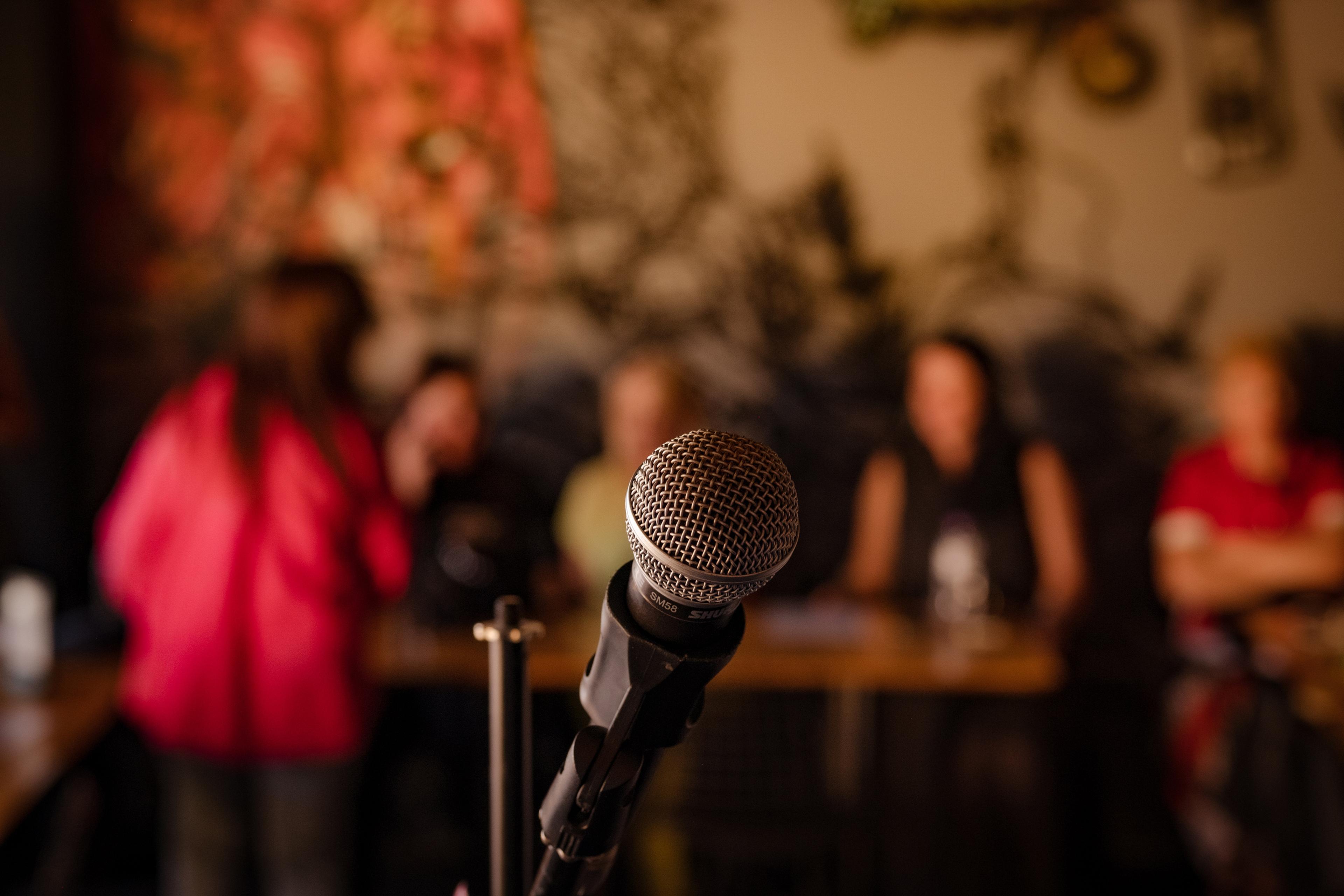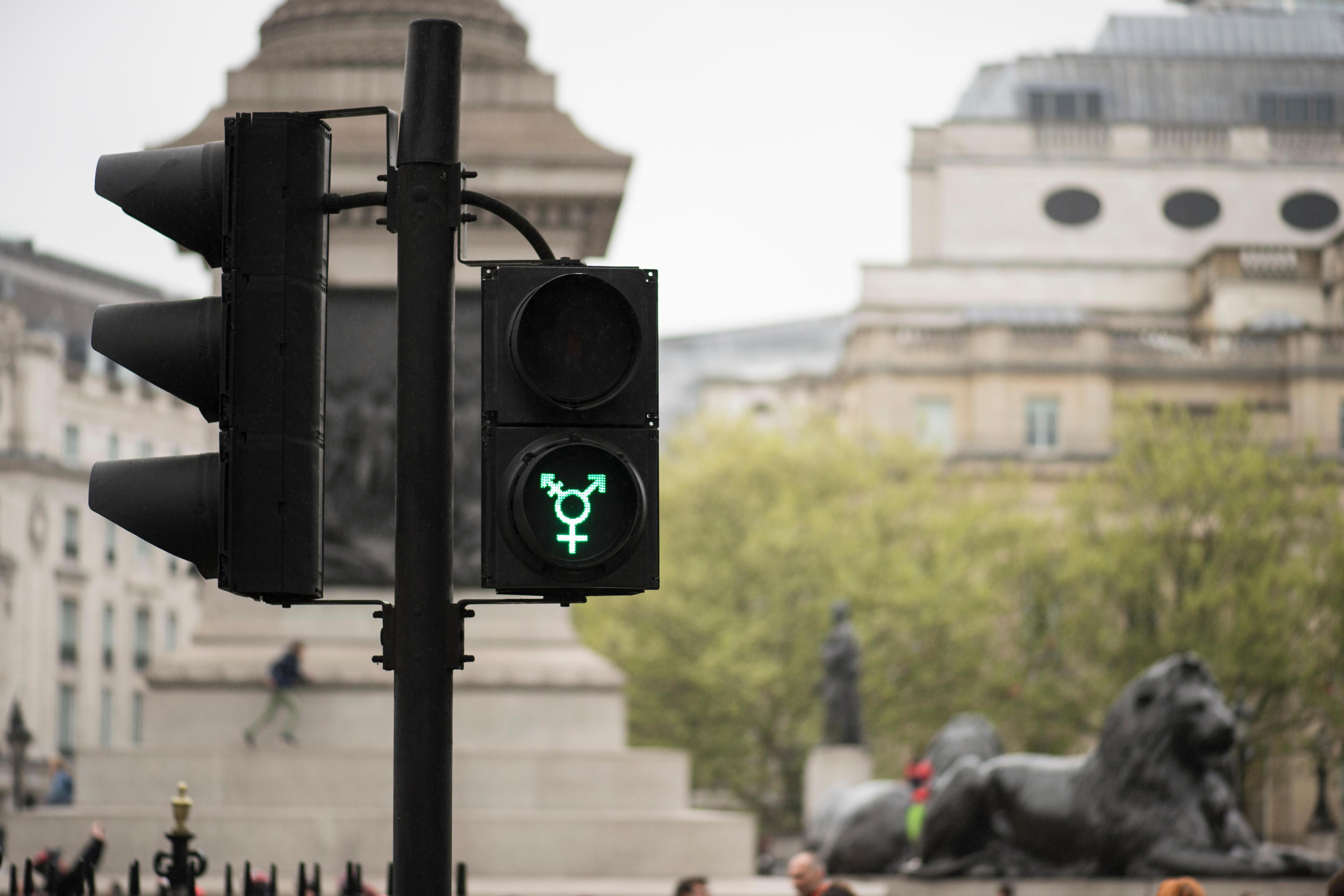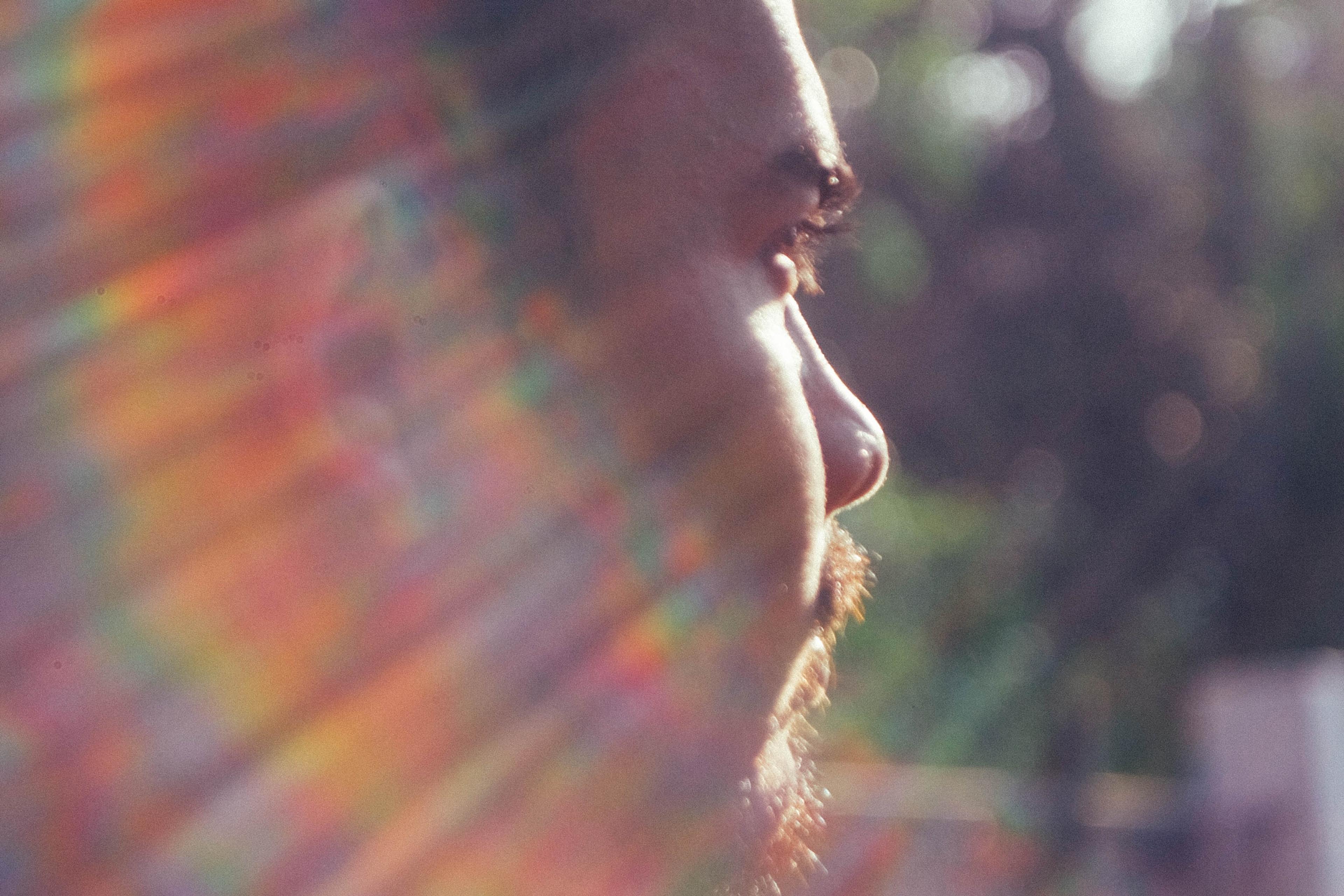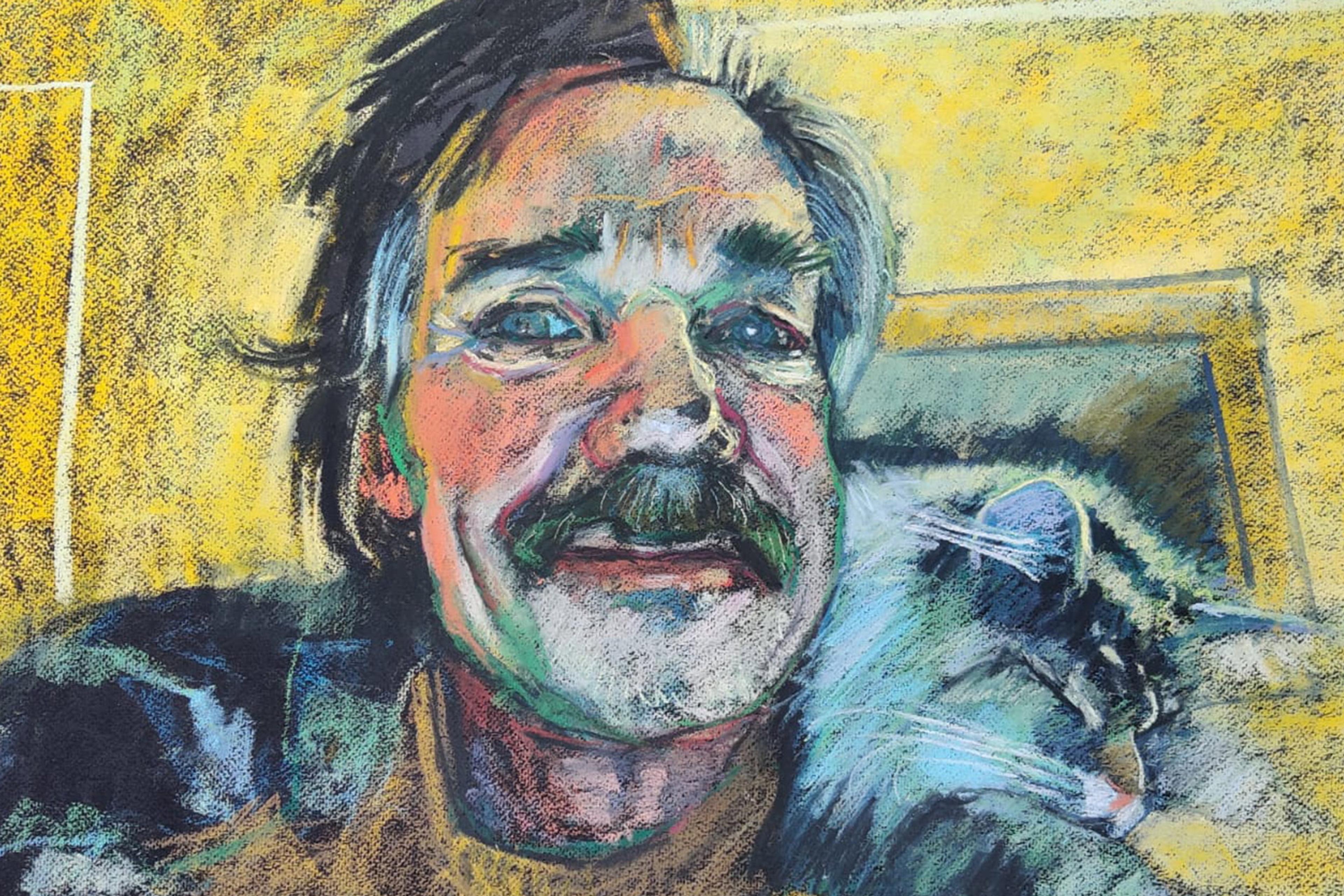I spotted an old beach ball in my shed the other day and I was suddenly transported to a joyful memory of running and splashing with my children on the sand at low tide. Psychologists call this ‘positive involuntary mental imagery’ – and they’re testing out ways to deliberately seed more such images (not least because experiencing them is associated with being more optimistic and less depressed). It’s early days for the research, but there’s no reason why we can’t try out one of the methods for ourselves.
To give it a go, take some photos from your daily life, such as what you see when you first get up in the morning; your trip to work; or from a typical evening out. Next, for each photo, combine it in your mind with a positive word, such as ‘pleasant’, ‘success’ or ‘triumph’, to create a completely new imagined scene. For instance, say you took a photo of your morning coffee cup. You’d look at the photo and, to combine it with the word ‘pleasant’, you could create a mental image of yourself sitting by a campfire with friends, savouring a hot chocolate from the mug. The idea is that when you encounter the real objects in the photos – such as your morning coffee cup – it serves as a trigger for the associated imagined scene while you go about your daily life.
A team led by Mahdi Bagheri at Ruhr-Universität Bochum in Germany – and including the Psyche author Simon Blackwell – enjoyed modest success with this very approach in a recent study published in the journal Memory. They think one trick to boosting the technique’s effectiveness is choosing the right photos – distinct enough to create a memorable association with the positive mental image you created (for the example above, try photographing your mug from an unusual angle), but not so unusual that you never actually encounter the trigger in your daily life.











